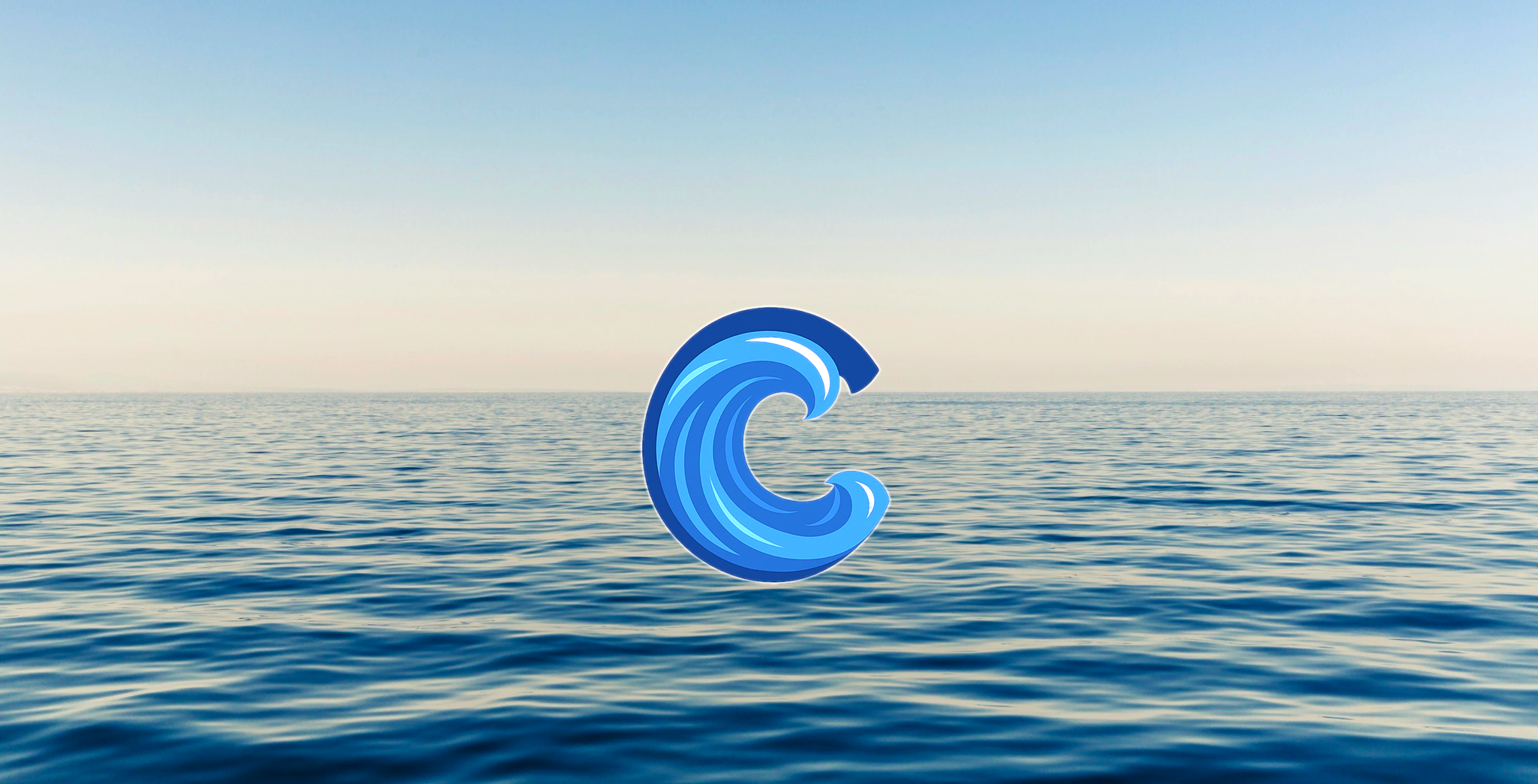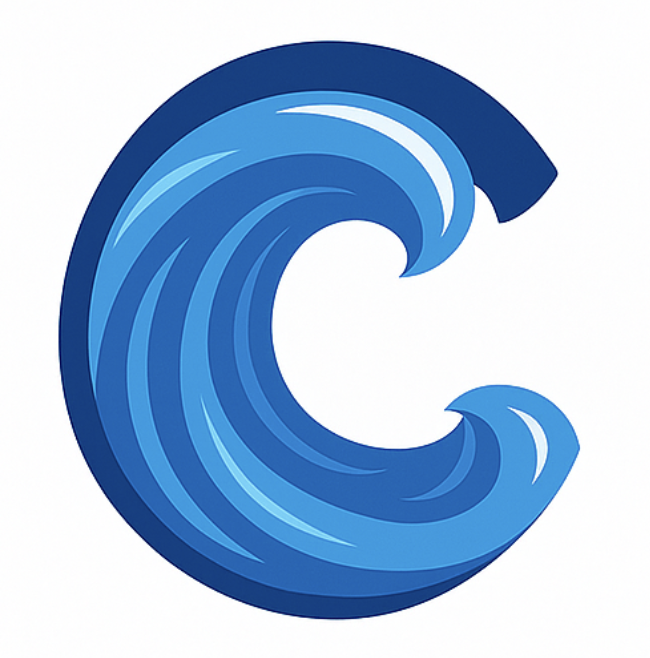
The ocean plastic crisis is not just an environmental issue — it's a systemic failure with profound ecological, economic, and human health ramifications. It requires urgent and coordinated global action, from grassroots efforts to international policy reform. The Clean Ocean Initiative aims to leverage blockchain technology and an innovative showcase of recycled ocean plastic products to raise overall awareness, and fund charitible efforts focused both on cleanup technologies and anti-plastic legislative action.
Plastic pollution in our oceans has rapidly intensified, becoming one of the most urgent and far-reaching environmental threats of our time. From microplastics infiltrating marine food chains to vast garbage patches accumulating in our oceans, the data reveals the magnitude of the problem—and the need for immediate action. Below are key statistics that highlight the scale and impact of ocean plastic pollution.
Global Plastic Production: In 2020, plastics production and use reached 435 million tonnes, up from 234 million tonnes in 2000. Without new policies, global plastics use is projected to skyrocket, with plastic waste set to almost triple by 2060. (OECD)
Plastic in Oceans: At least 14 million tons of plastic enter the ocean annually, making up 80% of all marine debris from surface waters to deep-sea sediments. (IUCN)
Plastic Particles: There are more than 170 trillion plastic particles, weighing approximately 2 million tonnes, afloat in the world’s oceans.(5 Gyres)
Future Projections: If current trends continue, by 2050, there could be more plastic in the ocean than fish by weight. (Ellen MacArthur Foundation)
The Problem
Areas of Focus
Tackling the global crisis of ocean plastic pollution demands a comprehensive, multi-pronged approach. At the Clean Ocean Initiative, we are dedicated to leveraging our platform and COI grants to both raise awareness and provide financial support to impactful organizations across the spectrum.
Our goal is to fund and empower efforts ranging from grassroots coastal cleanups to large-scale regulatory advocacy—and everything in between. Below are key focus areas we prioritize in the fight against ocean plastic pollution.
Regulatory Change
Ban single-use plastics and enforce EPR laws
Standardize recycling systems and policies
Corporate Accountability & Innovation
Push for sustainable, reusable packaging
Incentivize circular economy business models
Ocean and Coastal Cleanup
Support large-scale and local cleanup efforts
Deploy trash interception at key waterways
Grassroots & Community Projects
Fund local efforts like the Clean Ocean Institute
Launch education and zero-waste campaigns
Waste Management Improvements
Expand access to reliable recycling and composting
Upgrade infrastructure in high-leakage regions
Consumer Behavior Change
Promote reusable products and plastic-free choices
Raise awareness about plastic impacts and solutions
Scientific Research & Innovation
Fund alternatives to traditional plastics
Track pollution and microplastics through new tech
International Collaboration
Support global treaties to reduce plastic waste
Coordinate cleanup and prevention across borders
“Together we really can make a difference… The answer is deceptively simple: all doing the right thing, little by little.”
— Sylvia Earle
Sources of Ocean Plastic
Plastic pollution originates from various sources:
Land-Based Sources: ~70–80% of ocean plastics come from land-based sources like littering, mismanaged waste, and runoff. (Our World in Data)
Marine-Based Sources: ~20–30% of plastics originate from fishing activities, shipping, and offshore platforms.
River Contributions: Just 1,000 rivers contribute nearly 80% of all plastic pollution entering the ocean annually. (The Ocean Cleanup)
Environmental and Ecological Impact
Plastic pollution severely affects marine ecosystems and contributes to broader environmental degradation:
Ocean Warming Interactions: Microplastics can interfere with planktonic organisms—key in oceanic carbon cycling—thus indirectly weakening the ocean’s ability to sequester CO₂ and regulate climate.
Ecosystem Disruption: Plastics degrade into microplastics and nanoplastics, infiltrating entire food chains, altering reproduction, and reducing biodiversity in marine ecosystems.
Coral Reef Damage: Contact with plastic increases coral vulnerability to disease by up to 89%. Plastics also block sunlight and interfere with photosynthesis in coral symbionts. (Science, 2018)
Habitat Smothering: Plastic debris can smother benthic habitats like seagrass beds and coral reefs, reducing oxygen flow and disrupting natural systems.
Wildlife Harm: Over 700 marine species—including whales, seabirds, turtles, and fish—are impacted by ingestion or entanglement, often leading to death. (Pew Trusts)
Seabird Mortality: On Lord Howe Island, seabirds have been found with stomachs full of plastic debris, contributing to high mortality rates. (Washington Post)
Sea Turtles: Plastic debris resembles food like jellyfish, often leading to ingestion by turtles and intestinal blockages. (SEE Turtles)
Health & Economic Consequences
The impacts of ocean plastic pollution extend to humans and economies:
Microplastics have been found in human blood, lungs, and even placentas, raising concerns about long-term health effects.
Seafood contaminated with microplastics can introduce toxic chemicals into the human food chain.
Marine plastic pollution costs the world economy an estimated $13 billion USD annually (UNEP), including losses to fisheries, tourism, and clean-up efforts.
Additional Resources
See below some great resources that provide in depth resources regarding ocean plastic crisis:
National Marine Sanctuaries ( Ocean Guardian School Resources )
National Oceanic and Atmospheric Administration ( Ocean Pollution & Marine Debris )
National Geographic Society ( Collection: Plastic Pollution )
Monterey Bay Aquarium ( “What you can do” )
World Wildlife Fund ( Plastic in the Ocean )
The Ocean Cleanup ( Ocean Plastic Pollution Explained )
UN Environmental Programme ( Plastic Pollution)
International Union for the Conservation of Nature ( Plastic Pollution )
California Ocean Protection Council ( Plastic Pollution )
Beyond the resources shared above, a wealth of documentaries, videos, and online content delve deeper into the ocean plastic crisis—many of which spotlight the inspiring efforts of individuals and organizations driving change. We encourage you to explore further and continue educating yourself; the more informed we are, the more powerful our collective response can be to this critical global challenge.

